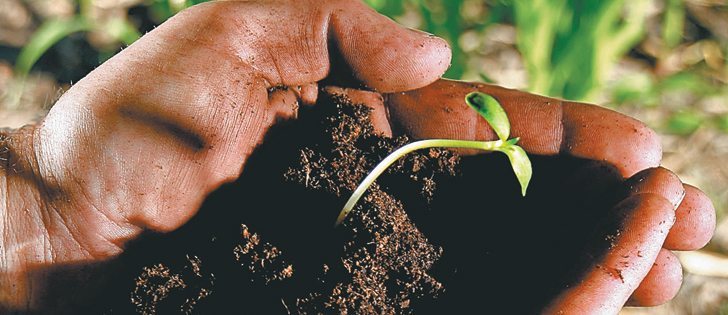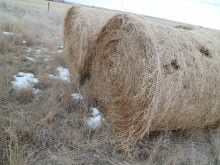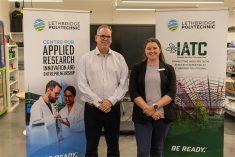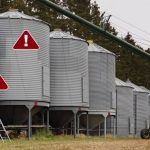Rebuilding topsoil | Farmers need to know how to make environment conducive to microbes
OLDS, Alta. — Nature abhors a vacuum, and that includes bare patches of soil exposed to the elements.
Australian soil scientist Christine Jones is among a group of researchers preaching to farmers about the importance of green plants growing on the surface and a healthy community of microbes living underground.
It all starts with photosynthesis because the energy needed to maintain flourishing soil ecosystems begins as light, she told a sold-out crowd at Olds College Nov. 4.
Photo means light and synthesis means putting together.
Read Also
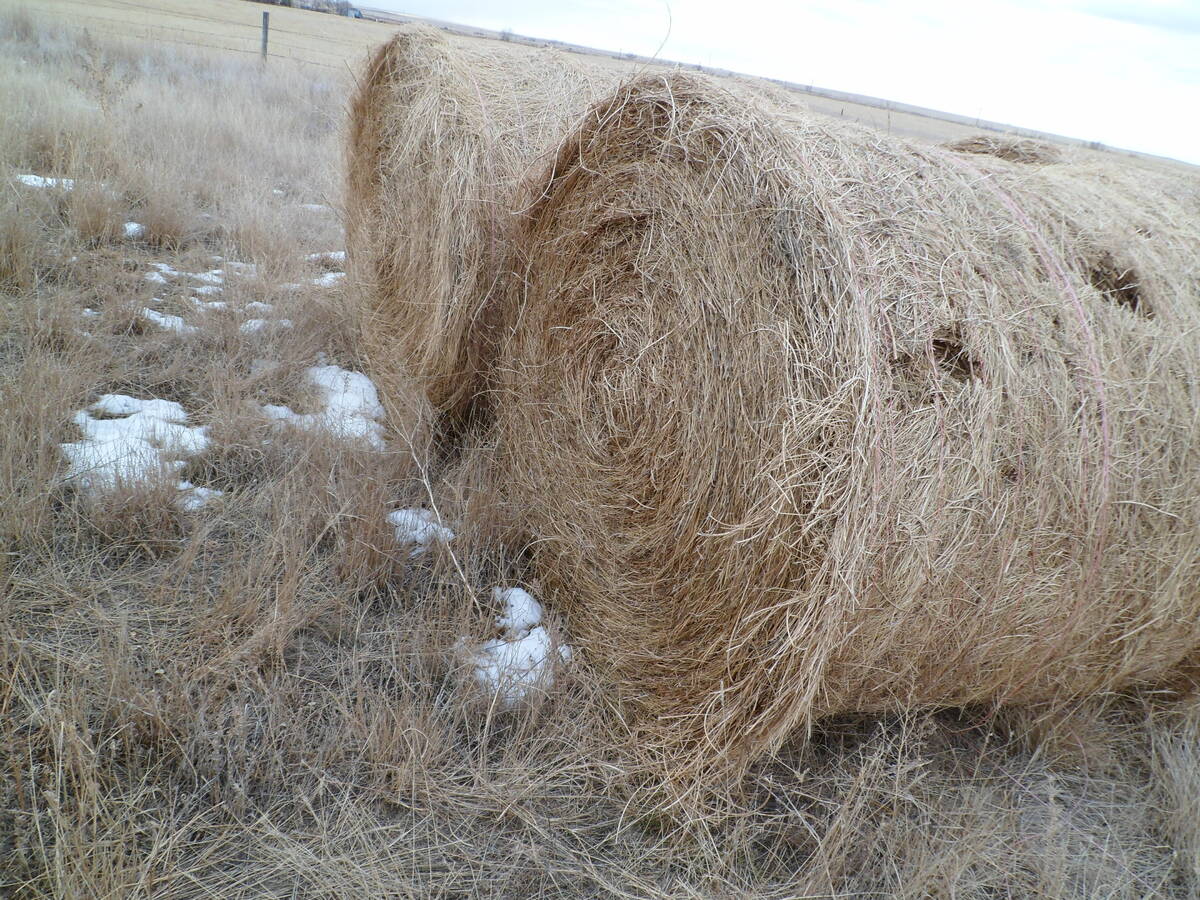
Alberta marks 75 years of rat-free status
Alberta is one of the few places left in the world who can claim being rat free, saving farmers from the invasive pest through the Rat Control Program.
“We are making life from light,” she said.
The system is all interconnected.
Jones defines soil as weathered rock: sand, silt and clay in varying proportions that have been in contact with plant roots.
“Fertile topsoil is the product of photosynthesis and microbial synthesis,” she said.
“It is photosynthesis that forms the base of the pyramid of life.”
Green plants capture sunlight and carbon dioxide and then turn weathered rock minerals into soil.
“We cannot have new topsoil unless we have green leaves and root systems,” she said.
Crumbly soil or aggregates are the desired effect. Humus can form only inside an aggregate made of carbon, nitrogen and hydrogen.
Soil that has these aggregates will not wash away, flake, compact or lose its structure.
There are two pathways for carbon to get into the soil.
The decomposition pathway is when material breaks down and turns into carbon dioxide. For example, mulch a garden and all the material is eventually gone because it decomposed and turned into carbon dioxide.
The liquid carbon pathway that creates humus is less well known.
“Humus is like the bones in your body. Bones provide structure to our bodies, and they have to be in a living body to perform properly,” she said.
Humus is 60 percent carbon, six to eight percent nitrogen, 11 to 20 percent phosphorus and less than 1.5 percent sulfur.
The carbon and nitrogen come from the atmosphere, while phosphorus and sulfur are in the soil but not available to plants unless there is microbial activity.
The liquid carbon pathway requires actively growing green plants to form soil aggregates with the help of a diversity of beneficial bacteria, fungi and other microbes.
Most of the water and nutrients come to the plants through microbes in the soil.
“Without microbes, plants would actually starve to death and so would we,” she said.
Plants feed the microbes sugar, which she refers to as liquid carbon. The sugar which dissolves in the juices of the plant is liquid carbon. Liquid sugar ends up in the aggregates.
Mycorrhizal fungi is the most important .
This massive network of tendrils improves aggregate stability, enhances soil structure, builds soil carbon, improves plant water use efficiency and helps the plant take up phosphorus, sulfur and nitrogen.
Jones said mycorrhizal fungi is akin to the human lung because it works on an exchange system.
Sugar comes from the plant root, goes to the fungi and returns elements extracted from the soil to the plant. Carbon in the plant fixed by photosynthesis is moved down into the fungi structures.
Mycorrhizal fungi get their energy in liquid form siphoned from actively growing roots. They can still survive when the plant is dormant but die off if the host is removed.
Fungicide and chemical fertilizers can kill the fungus.
“Synthetic fertilizer worked well because it was the only way plants could get their nutrition,” she said.
“The way we have been farming and grazing has not been conducive to mycorrhizal fungi,” she said.
She estimates they can rebuild in 12 months.
Farmers can work with nature to rebuild topsoil and develop stronger plants if they get acquainted with the organisms living in the subsurface.


